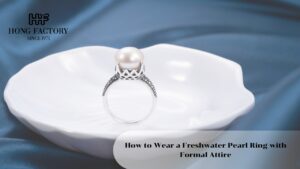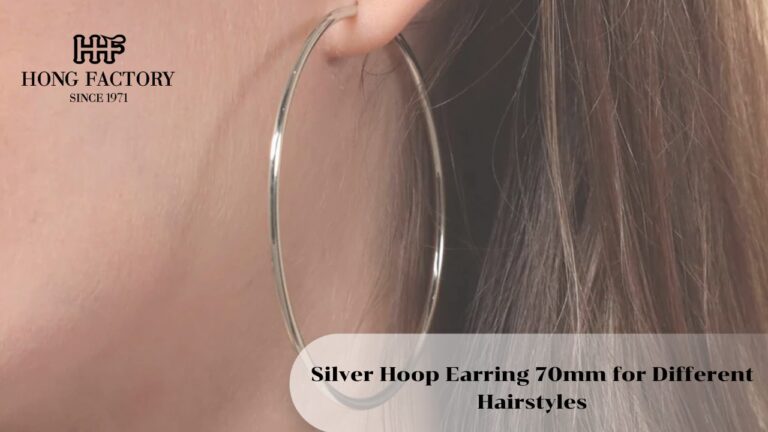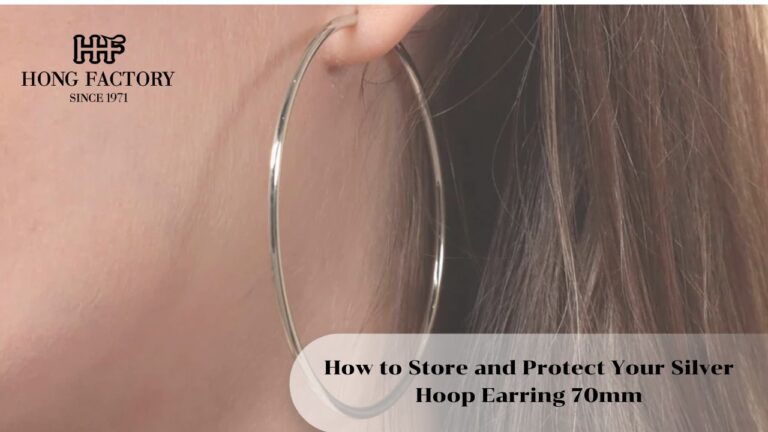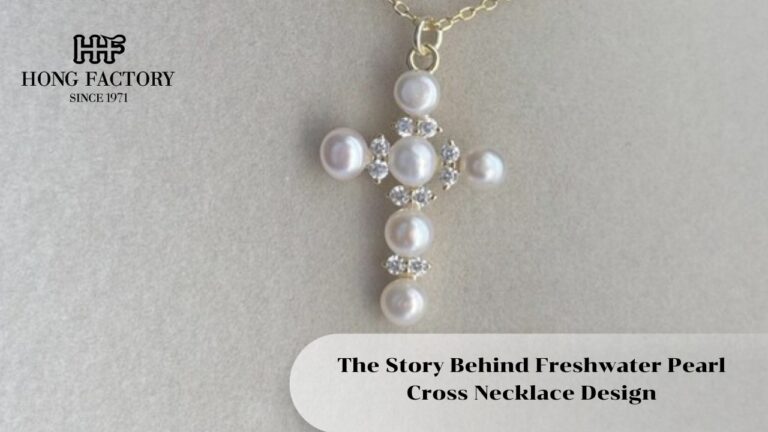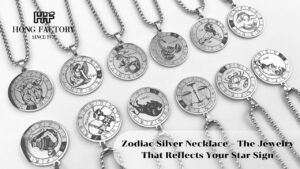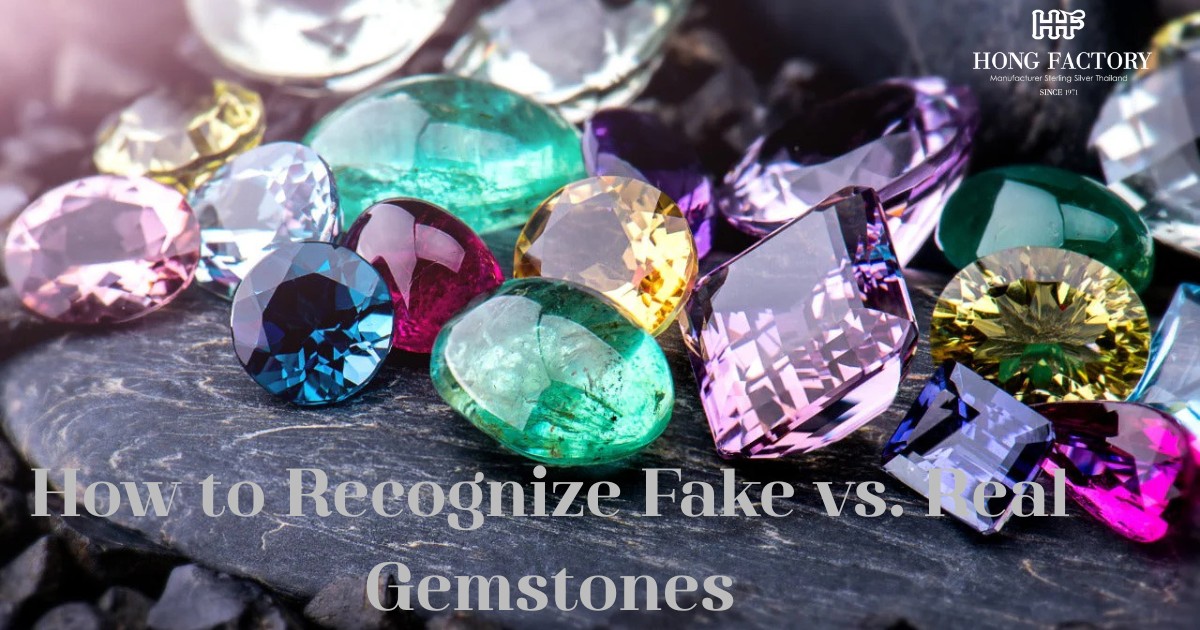
Gemstones have fascinated people for centuries, symbolizing wealth, power, and beauty. Real Gemstones However, the market is filled with synthetic and imitation gemstones that closely resemble natural ones..
Whether you are a collector, investor, or simply looking for a special piece of jewelry, knowing how to distinguish real gemstones from fakes is crucial. This guide explores the key methods to identify genuine gemstones and avoid counterfeit ones.
How to Recognize Fake vs. Real Gemstones
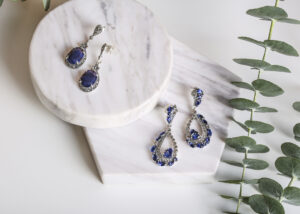
1. Understanding Natural, Synthetic, and Imitation Gemstones
Before identifying a real gemstone, it is essential to understand the three main categories:
- Natural Gemstones – Formed in nature through geological processes, these stones may have inclusions, unique imperfections, and color variations.
- Synthetic Gemstones – Created in a lab, these stones have the same chemical and physical properties as natural ones but lack natural inclusions.
- Imitation Gemstones – Made from glass, plastic, or composite materials, these stones only mimic the appearance of real gemstones without having the same composition.
2. Visual Inspection: Clarity, Color, and Inclusions
A thorough visual inspection can reveal a lot about a gemstone’s authenticity:
- Color – Natural gemstones often have subtle color variations, whereas fakes tend to have overly uniform or exaggerated hues.
- Clarity – Perfect clarity can be a red flag. Most natural gemstones contain inclusions, whereas synthetic and imitation stones are often flawless.
- Inclusions – Using a jeweler’s loupe (10x magnification) to examine internal inclusions can help determine authenticity. Natural stones have organic inclusions, while synthetic ones may display gas bubbles or growth patterns.
3. Checking Hardness and Durability
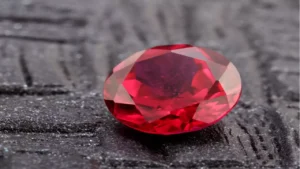
The Mohs scale of hardness helps assess whether a gemstone can resist scratches:
- Diamond (10) – Can scratch glass and all other gemstones.
- Sapphire & Ruby (9) – Highly scratch-resistant.
- Quartz (7) – Can scratch glass but may be scratched by harder stones.
- Glass & Plastic (Below 5) – Easily scratched by natural gemstones.
A simple scratch test can help identify imitation gemstones, but it should be performed carefully to avoid damaging real gems.
4. Examining Light Refraction and Transparency
- Refractive Index Test – Each gemstone has a unique refractive index (RI). A gemologist uses a refractometer to measure RI and compare it to known values.
- Double Refraction – Some gemstones, like zircon and peridot, display double refraction, meaning light splits into two rays.
- Brilliance and Fire – Genuine gemstones often display distinct brilliance (light reflection) and fire (color dispersion). Synthetic stones may appear overly perfect.
5. Using UV Light and Fluorescence Tests
Many gemstones exhibit fluorescence under UV light:
- Diamonds – Often glow blue under UV light.
Rubies – Show a strong red glow.
Fake Stones – May show unusual colors or no fluorescence at all.
While fluorescence is not a definitive test, it provides additional clues about authenticity.
6. Testing Weight and Density
- Specific Gravity Test – Each gemstone has a specific gravity that determines its density.
- Heft Test – Genuine gemstones are typically heavier than glass or plastic imitations of the same size
A gemologist can accurately measure density, but even a basic weight comparison can help detect fakes.
7. Heat and Conductivity Tests
- Heat Resistance – Natural gemstones can withstand heat, whereas fake stones (plastic or composite) may discolor or melt.
- Thermal Conductivity – Diamonds conduct heat extremely well, which is why thermal conductivity testers are commonly used to authenticate them.
8. Checking for Dye Treatments and Coatings
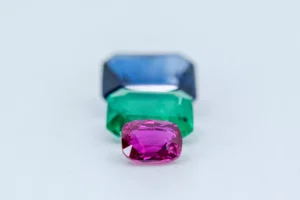
Some fake or treated gemstones have enhanced color:
- Dye Test – Wiping a gemstone with acetone or rubbing alcohol can remove artificial dyes.
- Coating Scratches – Some stones have surface coatings that wear off over time.
9. Verifying Certificates and Expert Appraisals
Purchasing from reputable jewelers and requesting certification from gemological labs (e.g., GIA, AGS, IGI) ensures authenticity. If in doubt, always get an expert appraisal.
Recognizing fake vs. real gemstones requires careful examination and testing. From visual inspection to advanced lab techniques, understanding these methods can help buyers make
informed decisions and avoid counterfeit gems. Whether purchasing for personal use or investment, knowledge is the key to ensuring you acquire genuine and valuable gemstones. Real Gemstones
